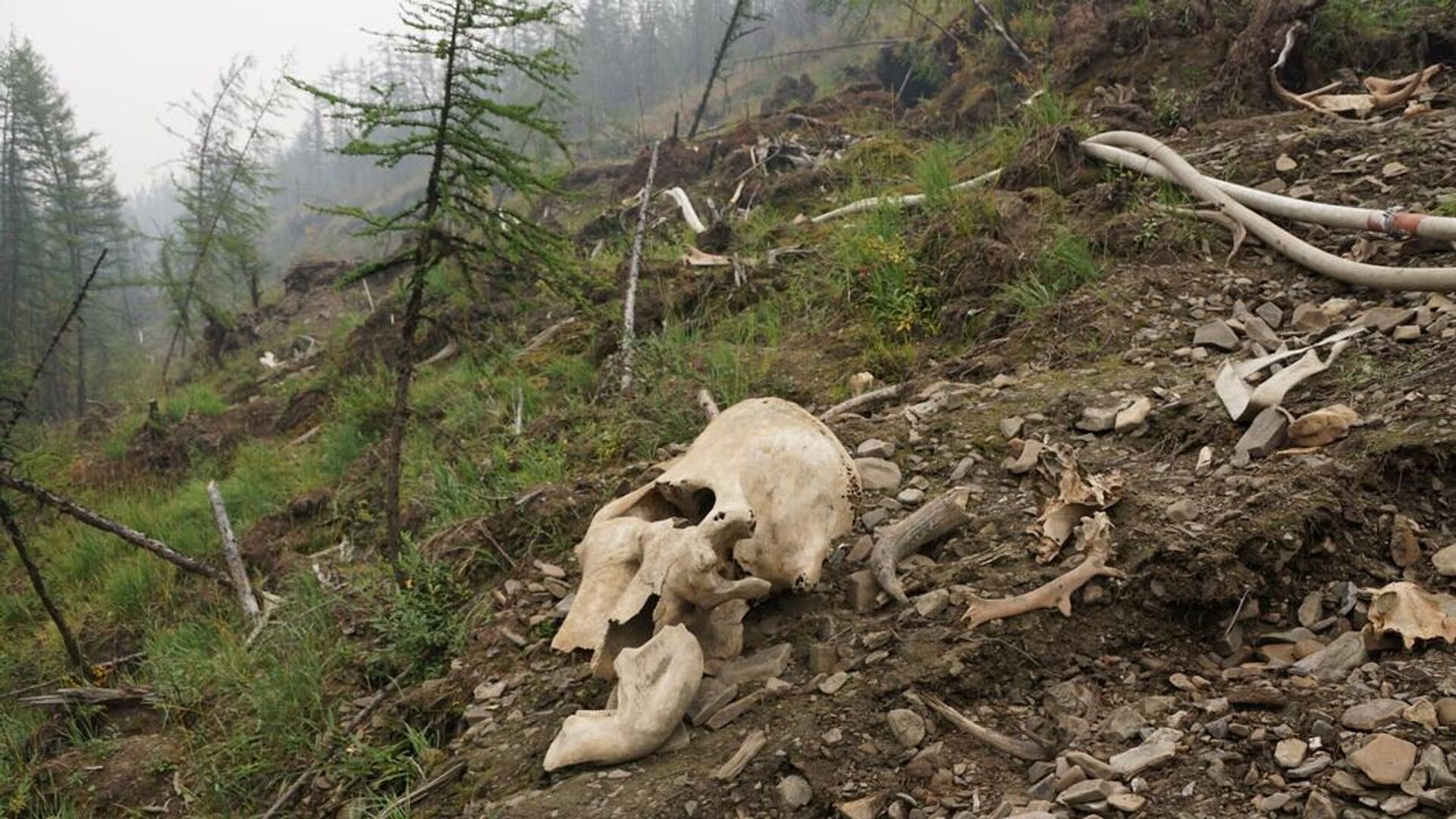
MOSCOW, June 19The accumulation of thousands of mammoth bones previously found in the Arctic zone of Yakutia arose thanks to people who in ancient times actively used the remains of these animals for their own needs — a team of scientists from several research centers of the Russian Federation came to this conclusion, the Russian Science Foundation (RSF) reported.
In the north of Yakutia, on the left bank of the Berelekh River, there is the Berelekh “mammoth cemetery” — a place where archaeologists previously discovered thousands of bones of these large extinct animals. Initially, it was believed that bones accumulated here naturally between 13 and 12 thousand years ago without any human intervention. Also, the researchers did not exclude the possibility of a natural simultaneous death of an entire group of mammoths. 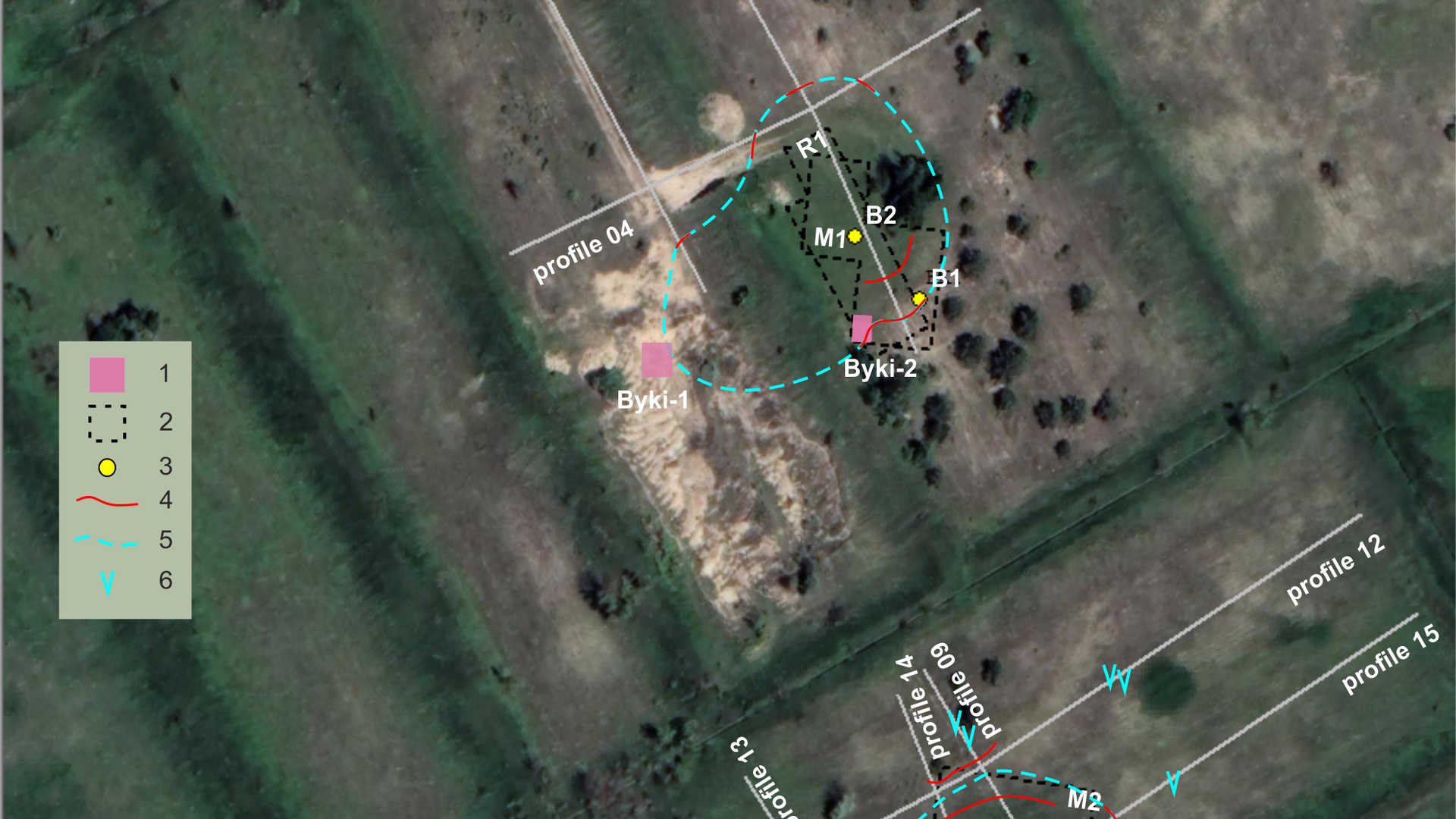
Near the “mammoth cemetery”, traces of human activity were found in different years — processed fragments of tusks, including an engraved image of a mammoth, a massive pointed rod (spear) made of tusk, as well as a few stone tools and waste from their production. Based on these finds, scientists at one time suggested that the bones could have been brought to the “mammoth cemetery” by the people who in ancient times inhabited the banks of the Berelekh River. However, so far there has been no confirmation of this.
Specialists from the Institute of the History of Material Culture of the Russian Academy of Sciences, the Arctic and Antarctic Research Institute (both in St. Petersburg) and the Geological Institute of the Russian Academy of Sciences (Moscow) studied the bones found in the «mammoth cemetery», as well as archaeological materials collected during field work by various scientific groups from 1970 to 2009. In addition, the authors studied in detail the river bank deposits, which include archaeological and paleontological remains, and reconstructed the conditions and sequence of the formation of the Berelekh geoarchaeological complex. The project was supported by a grant from the Russian Science Foundation.
Archaeologists have discovered unusually shaped stone points that may have been used as cutting tools or points. Such items are rare in the region and always accompany massive accumulations of mammoth bones. In addition to the mentioned artifacts, scientists found pendant jewelry, as well as fragments of mammoth ribs with traces of processing and waste from the production of tusk products. Using radiocarbon analysis, the researchers determined the direct age of these finds, which was used in the analysis of the general sample of dating from the Berelekh “mammoth cemetery”. 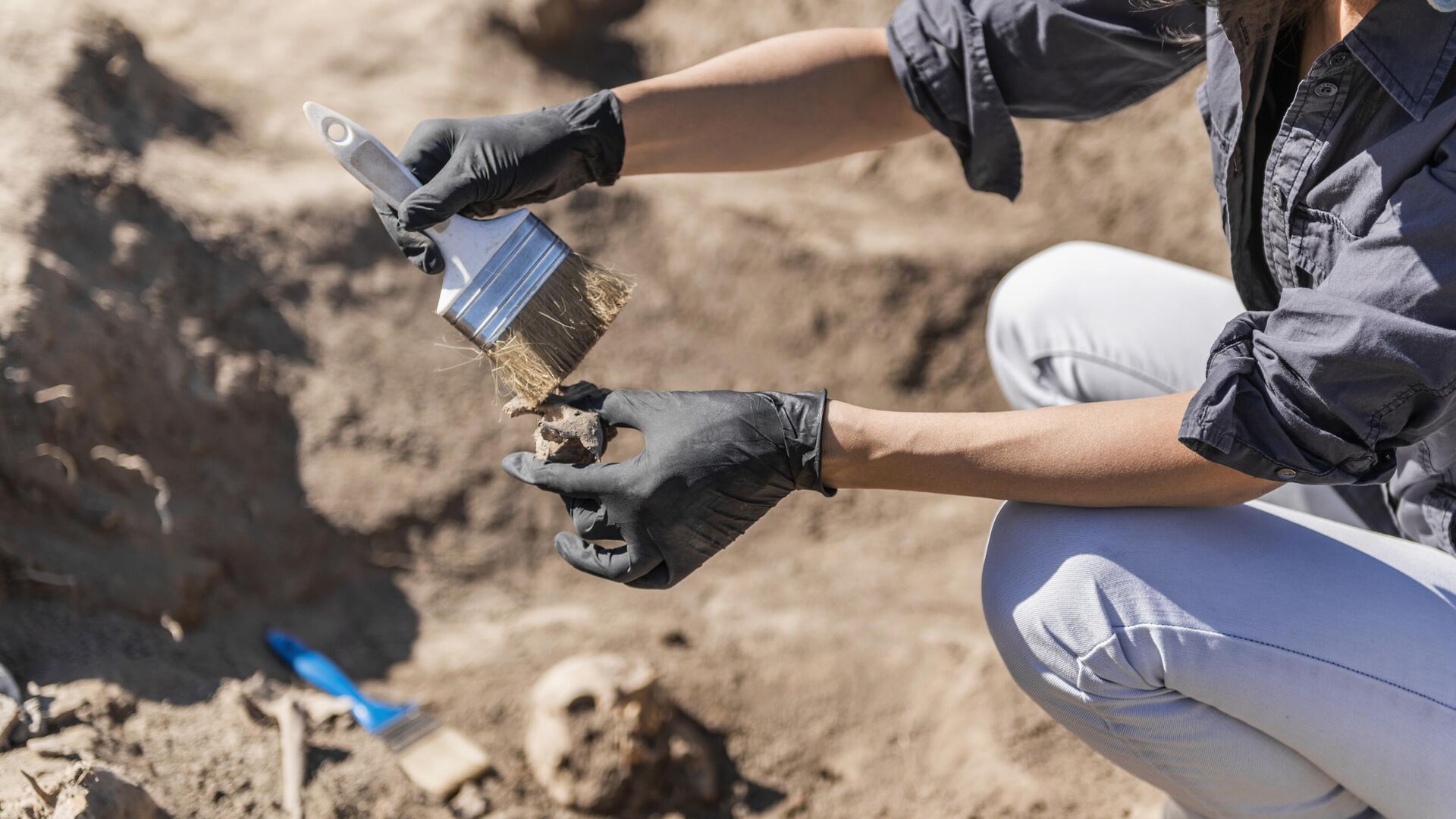
It turned out that the massive accumulation of bone remains on the Bereleh River was formed in a very short time and occurred 14.4–13.5 thousand years ago, initially quite slowly, and then more intensively. In the reconstructed history of the accumulation of mammoth bone remains, peaks are noted that reflect accelerated accumulation — 14.4, 14 and 13.8 thousand years ago. These peaks correspond to dates obtained from the analysis of artifacts, and are therefore directly related to human activity.
Researchers believe that people actively used the wool, tusks and fat of mammoths for their own needs. Some of the skeletal elements, among which the tusks were of particular value, were placed in a certain place, which later became the “cemetery.” His choice was not accidental: based on the reconstructions of the ancient relief, the “mammoth cemetery” was located in a swampy bend of the river or an oxbow — part of the riverbed that had turned into a small independent reservoir. Such a place was rich in microorganisms that facilitate the decomposition of connective tissue, which is why it was chosen for storing leftovers. This made it possible to remove entire tusks from skulls without destroying their base, which was technologically necessary for further labor operations.
According to the authors of the study, confirmation of the participation of people in the creation of the Berelekh “mammoth cemetery” can also be provided by the fact that other similar objects — in particular, a thoroughly studied mass accumulation of bones of these animals, which archaeologists discovered in the lower reaches of the Yana River (Yakutia) — also formed during a period of active human activity in this territory. 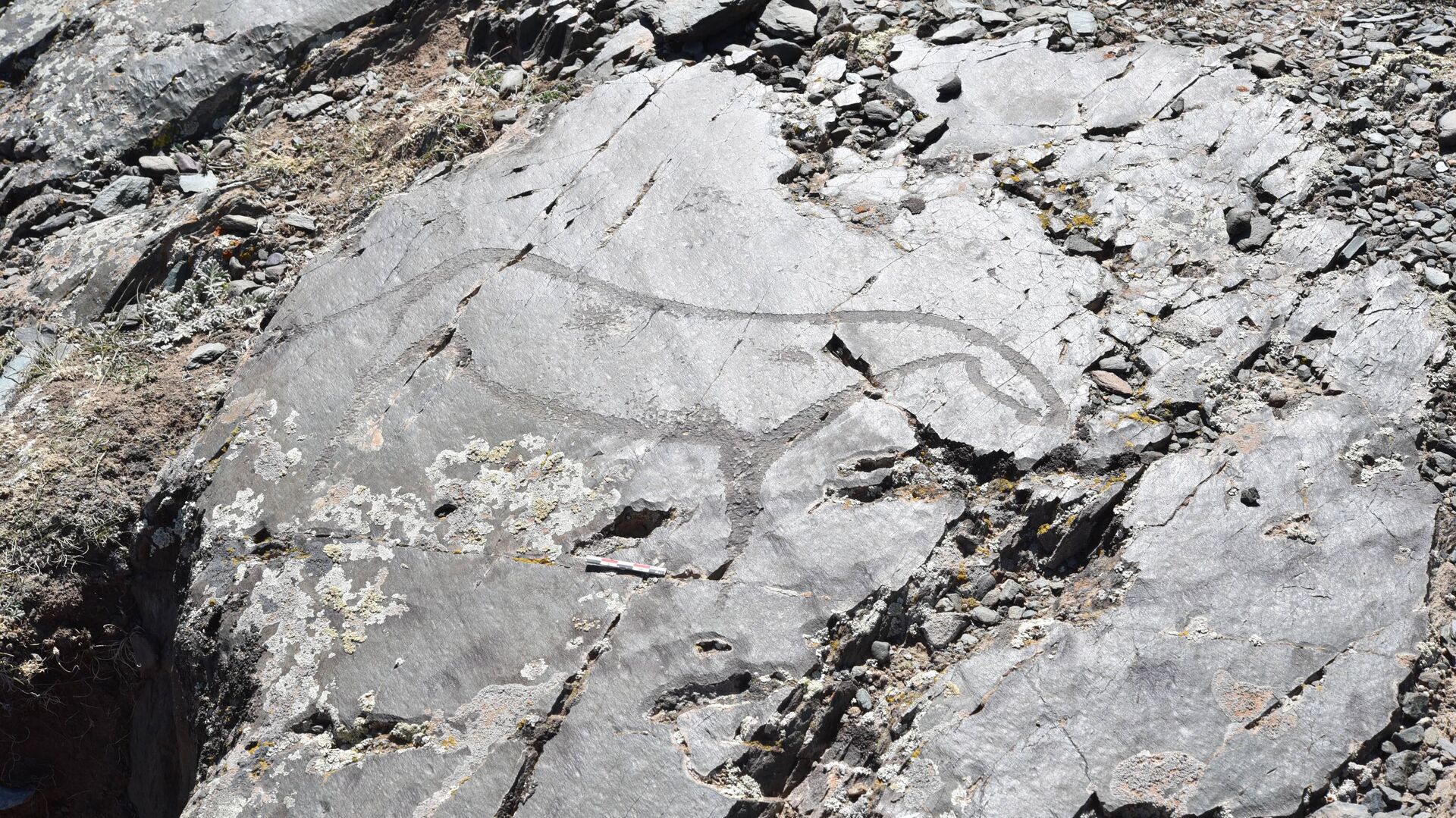 < br />«The woolly mammoth served as an important source of various useful materials for ancient people. For example, tusks were used to make tools, fat and meat served as food. Bones and skulls with tusks, as studies show, were placed in places where, thanks to the activity of microorganisms, connective tissues decompose well, which was important for the procedure of extracting tusks and preparing bone remains for further use,» said Vladimir Pitulko, head of the project, leading researcher at the Institute of History of the Russian Academy of Sciences and the Arctic Research Center of the Peter the Great Museum of Anthropology and Ethnography (Kunstkamera) of the Russian Academy of Sciences.
< br />«The woolly mammoth served as an important source of various useful materials for ancient people. For example, tusks were used to make tools, fat and meat served as food. Bones and skulls with tusks, as studies show, were placed in places where, thanks to the activity of microorganisms, connective tissues decompose well, which was important for the procedure of extracting tusks and preparing bone remains for further use,» said Vladimir Pitulko, head of the project, leading researcher at the Institute of History of the Russian Academy of Sciences and the Arctic Research Center of the Peter the Great Museum of Anthropology and Ethnography (Kunstkamera) of the Russian Academy of Sciences.
«The process of accumulating mammoth bones near the Berelekh and Yana rivers is very similar. At the same time, we cannot say that people lived in the corresponding territories during the entire time of the formation of «mammoth cemeteries.» They were regularly present here, most likely, sometimes leaving, sometimes returning,» the specialist added.
In the future, scientists plan to continue studying the past of the Arctic Eastern Siberia, including the settlement of people in this area, the features of the evolution of their culture and adaptation to changing environmental conditions.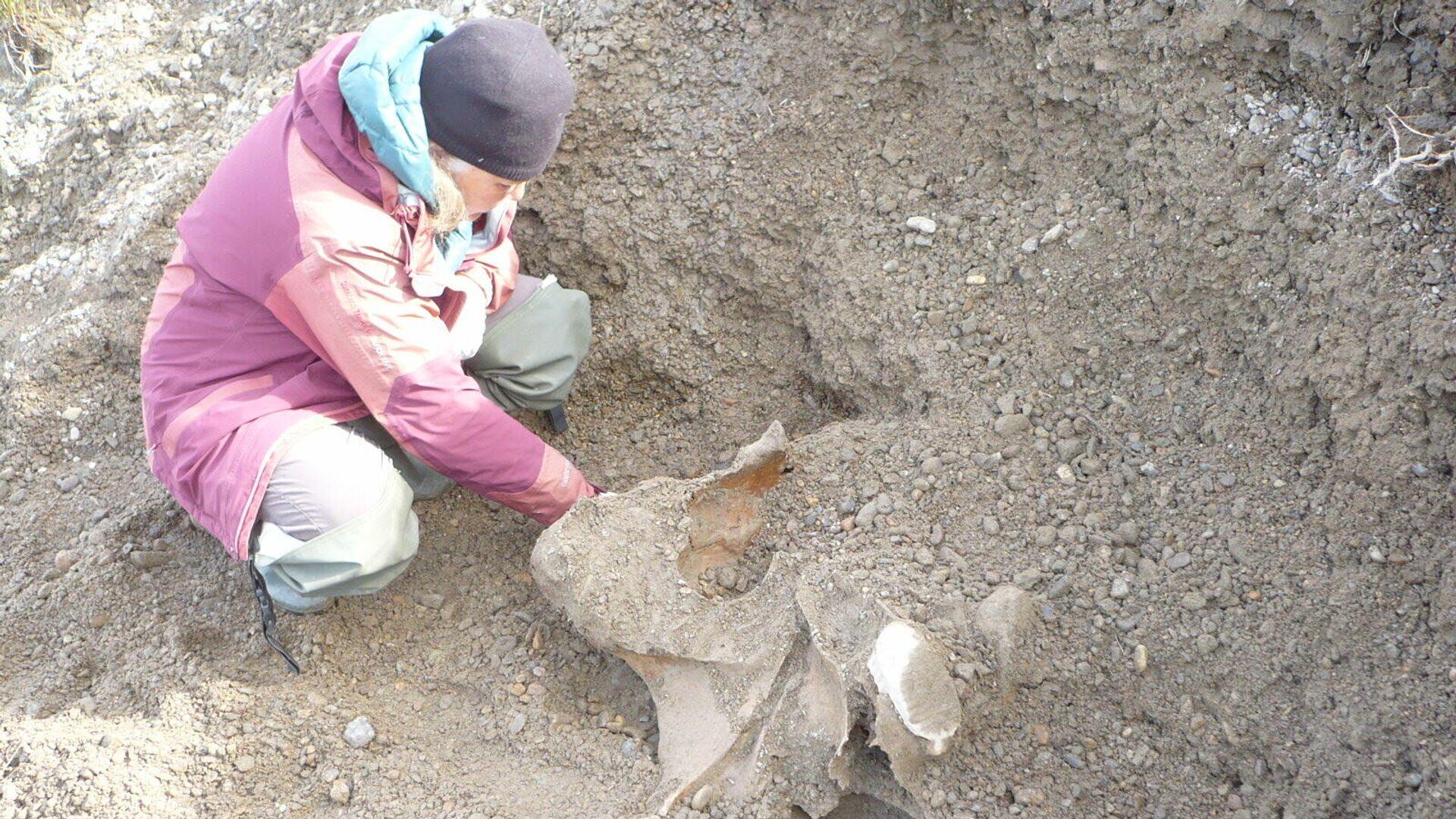



















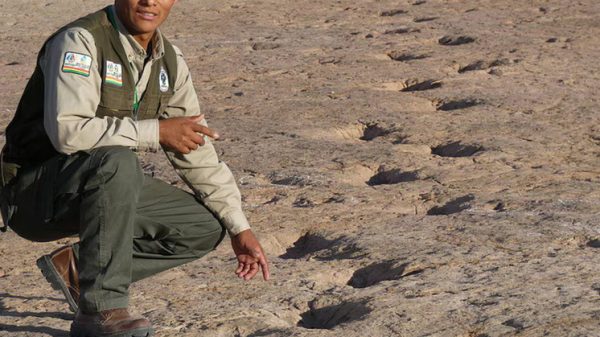




































Свежие комментарии